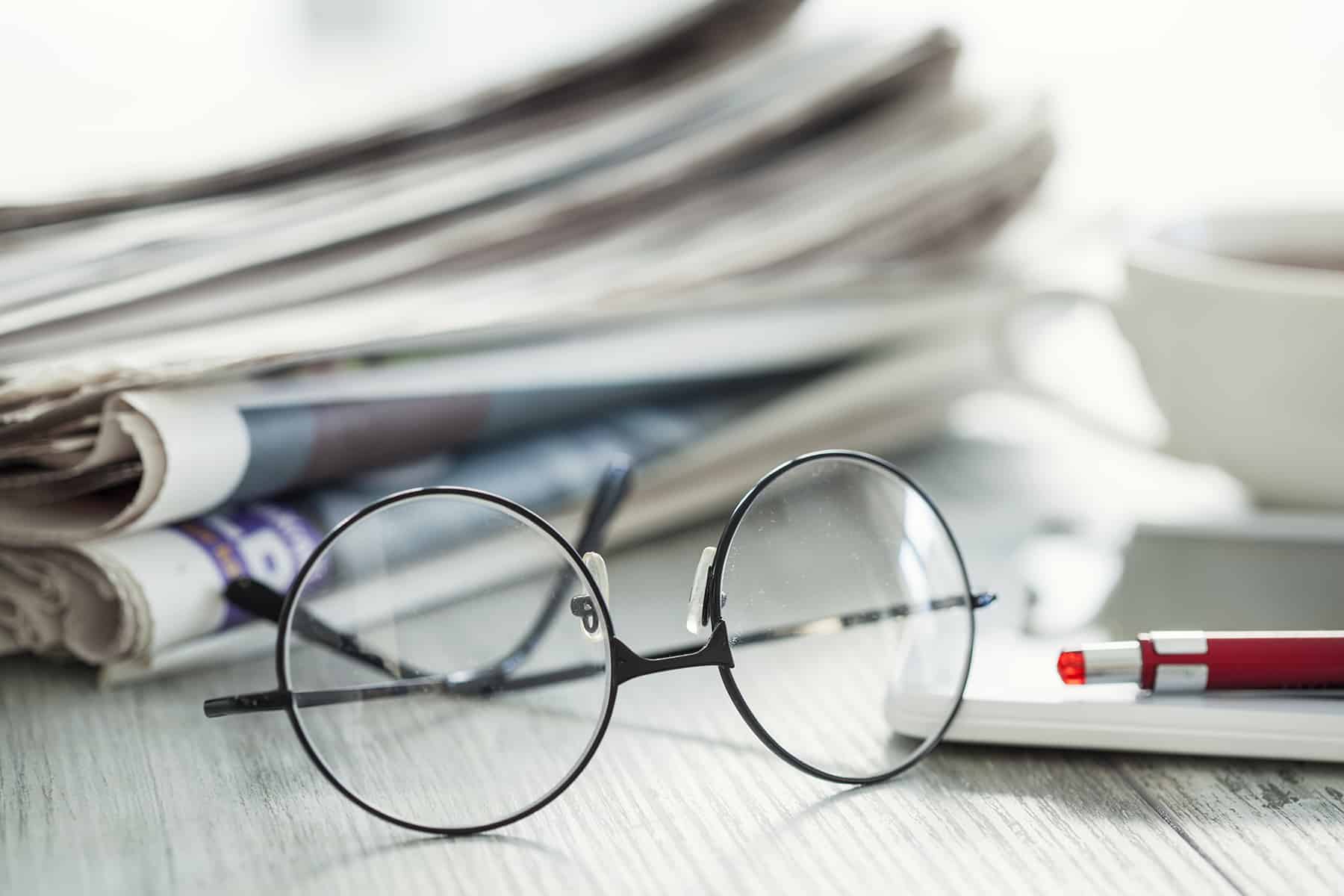Learn More
Frequently Asked Questions

What is Radon?
Things You Need to Know
Radon is a radioactive gas that is the result of radioactive decay. Radon is invisible and has no odor. Your property could have high levels of Radon and you would never know without the proper Radon test and inspections. Radon is highly dangerous and can cause life-threatening illnesses that can affect the long-term health of the people you hold most dear. Radon is known to cause severe respiratory diseases, including lung cancer.
Frequently Asked
Questions
I have never heard of radon. Is it really that dangerous?
You cannot see, smell, or taste radon. But it still may be a problem in your home. When you breathe air containing radon, you increase your risk of getting lung cancer. In fact, the Surgeon General of the United States has warned that radon is the second leading cause of lung cancer in the United States today. If you smoke and your home has high radon levels, your risk of lung cancer is especially high.
How common is radon in Colorado?
Is radon really as dangerous as cigarette smoke?
Radon is regarded as a Group A carcinogen; that is, it is known to cause cancer in humans with prolonged exposure. It has been shown in carefully controlled studies on animals, and on hard-rock miners, and most recently confirmed in residential case-control studies, that the effects of radon gas can significantly increase the potential of lung cancer. The United States Environmental Protection Agency and Surgeon General recommend that people not have long-term exposures in excess of 4.0 pico Curies per liter (pCi/L).
The EPA estimates that radon causes thousands of cancer deaths in the U.S. each year.
Radon is estimated to cause about 21,000 lung cancer deaths per year, according to EPA?s 2003 Assessment of Risks from Radon in Homes (EPA 402-R-03-003). The number of deaths from other causes are taken from the Centers for Disease Control and Prevention?s 1999-2001 National Center Injury Prevention and Control Report and 2002 National Safety Council Reports.
Why should I test for radon?
Where can I get a radon test?
What type of tests are available?
The most common type of radon testing devices are passive devices. Passive radon testing devices do not need power to function. These include short term devices such as charcoal canisters and long term devices such as alpha-track detectors. Both short and long term testing devices are generally inexpensive. A short-term test remains in your home for 2 days to 90 days, whereas a long-term test remains in your home for more than 90 days. All radon tests should be taken for a minimum of 48 hours. A short-term test will yield faster results, but a long-term test will give a better understanding of your home?s year-round average radon level.
Types of Tests: The type of test you deploy may depend on the ultimate objective of the occupant. A short term test will provide information about the potential for radon in a home. A long term test is better able to predict the risk of exposure over a longer period of time. A long term test will provide results with a big picture risk of exposure over a longer period of time factoring in many conditions that can impact your actual test result such as wind events, air temperatures, winter conditions and open windows.
I'm buying a home. What should I do?
The EPA recommends that you know what the indoor radon level is in any home you consider buying. Ask the seller for any and all previous radon test results. If the home has a radon-reduction system, ask the seller for any information they have about the system.
If the home has already been tested for radon
If you are thinking of buying a home, you may decide to accept an earlier test result from the seller or ask the seller for a new test to be conducted by a National Environmental Health Association (NEHA) qualified radon tester. Before you accept the sellers test, you should determine the following:
The results of the previous testing;
Who conducted the previous test; the homeowner, a radon mitigation professional, or some other person;
Where in the home the previous test was taken, especially if you may plan to live in a lower level of the home. For example, the test may have been taken on the first floor. However, if you want to use the basement as living space, test there; and
What, if any, structural changes, alterations, or changes in the heating, ventilation, and air conditioning (HVAC) system have been made to the house since the test was done. Such changes might affect radon levels.
If you accept the sellers test, make sure that the test followed the EPA and test manufacturers recommended protocol for deploying the test.
If the home has not yet been tested for radon
Make sure the radon test is done as soon as possible. Consider including provisions in the contract specifying:
Where the test will be located (If your house has multiple foundation types or slab systems, Centennial Radon highly recommends testing not only in the lowest livable area of the house but also above each independent slab system and/or crawlspace within the house. Radon entry can take place in each of these areas independently thus mitigating lowest livable area may not lower the overall radon to safe levels);
Who should conduct the test;
What type of test to do;
When to do the test;
How the seller and the buyer will share the test results and test costs (if necessary); and
When radon mitigation measures will be taken, and who will pay for them.
Make sure that the test followed the EPA and test manufacturers recommended protocol for deploying the test.
Home-testing kits are as accurate as their professional, electronic counterparts, but they do not offer the additional features. These test kits are simple to use and can be purchased at hardware stores and home-improvement stores, or you may contact us if you live in Colorado Springs or the Pikes Peak Region and we will gladly supply a kit free of charge. If radon levels exceed the EPA’s action limit of 4 pCi/l you should mitigate your radon levels.
How does Radon enter your home?
Radon typically moves up through the ground to the air above and into your home through cracks and other holes in the foundation. Your home traps radon inside, where it can build up. Common ways for radon to enter your home are as follows:
1. Cracks in solid floors
2. Construction joints
3. Cracks in walls
4. Gaps in suspended floors
5. Gaps around service pipes
6. Cavities inside walls
7. The water supply
I'm selling a home. What should I do?
If I find a home with a radon problem, should I look for another home?
If a properly performed test indicates an elevated level of radon in the home you wish to purchase, it is highly possible other homes in the same area will have elevated radon. So, if you like the house, consider taking a reasoned approach that will confirm levels and reduce the radon. Perhaps the best news about radon is that radon can be reduced, either before you buy the home, or after you buy it and move in.
Caution to buyer: If you want to insure that the radon mitigation system is installed to your standards you may consider overseeing the work yourself. A Seller would have incentive to look closer at cost than quality and in certain situations may make decisions that would differ from your decision.
Radon testing is simple. Here is a common scenario for potential homebuyers:
1) Find the house you want to buy
2) As part of the home inspection process, request a short-term radon test, using a qualified radon measurement professional. Your home inspector may or may not be qualified to conduct radon testing.
3) If the short-term test result is 4.0 pCi/L or higher, then consider asking the seller to fix it, or consider purchasing the home and performing a long-term test to determine what the actual exposure is.
4) Once you decide to reduce the radon in the house, seek bids from qualified contractors who are willing to guarantee and warranty results.
5) Use bids from contractors to either fix the home prior to moving in, or after you take possession. Bids can be used as a basis for negotiations or even establishing escrow funds that can be used to mitigate the house once elevated levels have been confirmed.
Of all the problems a house may have, radon is one of the easiest to identify and fix!
I'm buying or building a new home. Are there advantages to installing a system during construction?
Yes. Installing a passive system during construction has several advantages:
Most Effective System: Installing a system during construction is the most effective way to reduce radon within the structure. Installation at this point allows the mitigator the opportunity to be part of the construction process. At pre-designated intervals the mitigator will incorporate all aspects of an ideal system.
Aesthetic Benefits: Plumbing and fan units can be incorporated as part of the structure and hidden.
Make Upgrading Easy: Installing them at the time of construction makes it easier to reduce radon levels.
Moisture and other Gases: The radon-resistant techniques may also help to lower moisture levels and reduce other soil gases.
Energy Efficiency: When installed properly and completely, radon resistant techniques can also make your home more energy efficient and help you save on your energy costs.
(*Centennial Radon Solutions believes a common misconception of installing a system during construction is that the system is less expensive to install than existing homes. The fact is that there are more material, labor costs and visits to the property involved in installation during construction which inevitably drives costs but worth it to many for advantages noted above)
Are all Radon Mitigation Contractors the same?
Absolutely not! Due to the fact that the state of Colorado has still not mandated a standard certification process, like other states have incorporated, there is no policing agency to monitor compliance with EPA standards. Many contractors may indicate they follow EPA protocols and standards when in fact they may cut corners and/or use inferior materials to enhance profitability of jobs.
The nature of the radon mitigation business has created an opportunity for some who do not understand the implications of installing an ineffective system. When a real estate transaction is pending the installation of a radon mitigation system, many are anxious to see the system installed as quickly as possible and for as inexpensive as possible. Therefore, unqualified individuals or companies who cut corners may end up installing the system. What many do not understand is that they may be causing more harm than they are doing good.
Centennial Radon Solutions ALWAYS complies with EPA protocols and has created a tool (Centennial Radon Solutions Consumer Checklist) which will aide the average consumer in verifying EPA standards are met.
My home has tested high for radon, now what do I do?
If you have confirmed that your home has elevated radon levels 4 pico curies per liter (pCi/L) or higher you will need to complete the following:
1) Select a qualified radon mitigation contractor to reduce the radon levels in your home
2) Determine an appropriate radon reduction method with your contractor
3) Have the appropriate radon reduction system installed
4) Perform post mitigation testing to verify the radon levels have been effectively reduced
5) Maintain your radon reduction system and inspect the system monitor periodically
Should I ask the Contractor to prepare a contract before any work starts? If so, what should I be looking for?
Yes. Ask the Contractor to prepare a contract before any work starts. Carefully read the contract before you sign it. Make sure everything in the contract matches the original proposal. The contract should describe exactly what work will be done prior to and during the installation of the system, what the system consists of, and how the system will operate. Many contractors provide a guarantee that they will adjust or modify the system to reach a negotiated radon level. Carefully read the conditions of the contract describing the guarantee.
Important information that should appear in the contract includes:
The total cost of the job, including all taxes and permit fees; how much, if any, is required for a deposit; and when payment is due in full.
The time needed to complete the work.
An agreement by the contractor to obtain necessary permits and follow required building codes (typically for electrical applications).
A statement that the contractor carries liability insurance.
Details of any guarantee to reduce radon below a negotiated level.
Details of warranties or other optional features associated with the hardware components of the mitigation system.
A declaration stating whether any warranties or guarantees are transferable if you sell your home
A description of what the contractor expects the homeowner to do (e.g. make the work area accessible) before work begins.
A statement that the Contractor will be installing the complete system per EPA guidelines.
How do I treat radon and how long will it take?
Radon is mitigated by installing a system that will draw the radon-laden soil gas from beneath the foundation and exhaust it outside of the building, far enough away from windows and other openings that it will not reenter.
A reduction system typically consists of a plastic pipe connected to the soil either through a hole in a slab, via a sump lid connection, or access beneath a plastic sheet in a crawl space. Attached to the pipe is a quiet, continuously operating fan that discharges the radon outdoors.
How this is done is a function of the construction of the home, rather than the radon concentrations that exist. A home with more than one foundation can presents challenges to collecting the soil gas from under all portions of the building. However, talented mitigation contractors typically can connect multiple systems together so that only one fan system is required.
Crawlspace foundations can be more costly, since the contractor needs to install a high density plastic sheet over the soil and sealed to the walls and then route the piping to the fan. However, the added benefit of reducing moisture in the crawlspace, in addition to reducing radon, can be a real plus.
How much does a radon system cost?
The cost to install a radon system can vary widely depending on the specific requirements for the system and the environment for which the system will be installed. However, the price for installation and materials for a typical job will range from $800 to $2,500 with average about $1,200.
It is important to consider that as with many things, the varied cost of a mitigation system may be a direct function of the extra effort taken by the contractor to conceal the system and to maintain the aesthetic value of your home. For example, some mitigators may propose to route a system outside a home in a place convenient for the mitigator but not disguised to protect the aesthetic value of the home. A quality mitigator will propose to route the system a bit further or, if possible, through the interior of the home with trim installed to conceal it considering the aesthetic value.
Always compare the contractors proposed costs and consider what you get for your money, taking into account: (1) a less expensive system may cost more to operate and maintain; (2) a less expensive system may have less aesthetic appeal; (3) a more expensive system may be best for your house; and (4) the quality of the building material will affect how long the system lasts.
Is the system I have installed a proper system?
The following is a list of minimum standards and points to consider when verifying your Contractors work:
The discharge point of the system will contain concentrated elevated levels of radon. To avoid exposure to occupants and neighbors it must be:
o At least 10 feet above grade;
o At least 10 feet away from an opening which is two feet below the discharge; and
o Above or at the eave of the roof.
The piping can be routed up the outside of the home, but the discharge still must meet the above criteria to be a proper system.
System fans should not be located inside the home or in a crawlspace. They can be in attic, outdoors, or in a garage, provided there is no living space above the garage.
A warning device must be installed to alert you if an active system stops working properly. Examples of system failure warning devices are: a liquid gauge, a sound alarm, a light indicator, and/or a dial (needle display) gauge. The warning device must be placed where it can be seen or heard easily. Your contractor should check that the warning device works properly.
Power to the fan should be run in accordance with local electric codes; including permits where required.
All portions of the system are to be labeled. This will avoid accidental changes to the system which could disrupt its function.
All homes with mitigation systems should be retested no sooner than 24 hours (no later than 30 days) after installation to verify reduction. The home should also be retested every two years.
My neighbor's house came in low. Does that mean my house will have low levels also?
The house we're looking to purchase already has a radon system installed. Do we need to check the radon levels?
Yes. Not all systems are installed properly or succeed in lowering the radon levels sufficiently.
Only testing will tell you whether the system that is already installed is effective in lowering the radon levels.
Quick Links
More Resources








